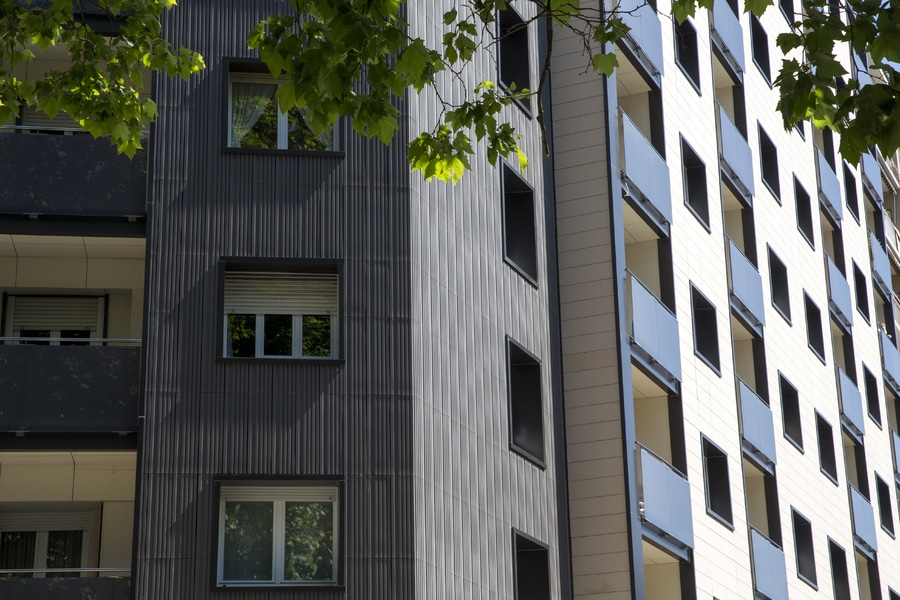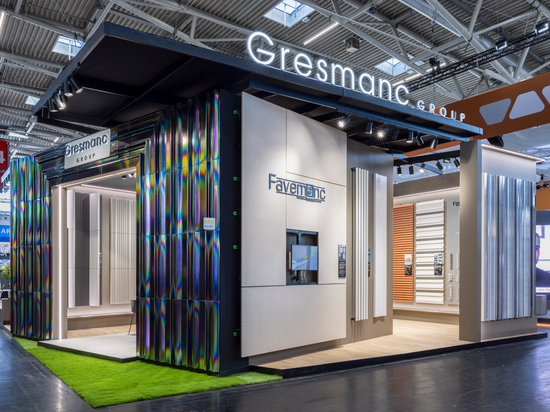
#Product Trends
Rehabilitation with ceramic ventilated façade
Cracks, humidity, lack of insulation... There are many pathologies of a building that can make it necessary to rehabilitate a façade. The choice of the system to rehabilitate a building will depend on the characteristics of each construction. The most sustainable restoration with a ceramic ventilated facade from Favemanc.
What are the advantages of ventilated façade systems for the rehabilitation of buildings?
-They provide a direct improvement in the insulation, both thermal and acoustic, of buildings. This means that buildings are more energy efficient and causes immediate savings in costs associated with air conditioning the rooms, achieving a comfortable temperature at a lower energy cost.
-The air chamber created with the ventilated façade provides breathability and prevents possible humidity from directly entering the building.
- The works of execution of the rehabilitation with ventilated façade are quick and dry. It does not require slow drying processes of materials that can end up conditioning the life of the communities for long periods.
What extra benefits does extruded ceramic provide in ventilated facades as a method to rehabilitate buildings?
The extruded ceramic plates do not undergo dilation and their alveolar conformation makes a light, highly durable and highly impact-resistant shell. In addition, in case of breakage of a plate, it can be replaced very easily with a new one.
The ceramic material, of 100% natural origin, provides natural warmth to the building envelope, does not require maintenance and is one of the key materials in the construction sector thanks to its high physical performance but also due to the multitude of possibilities for design it offers. Ceramic ventilated façade systems can be complemented with special pieces and compatible lattices in the installation of said systems that give any building a uniqueness.
Favemanc ceramic ventilated façade systems also have the added value of being photocatalytic: they incorporate an active principle that acts in the presence of UV-A light, both natural and artificial, and produces a photocatalytic reaction on a nanometric scale that results in decontaminating, self-cleaning benefits and contribute to the elimination of the heat island effect in urban centers.
Choosing a ceramic ventilated façade to rehabilitate buildings becomes the most sustainable option both due to the energy savings it entails and the fact that ceramics is one of the materials that generates less waste throughout its life cycle, leaving a smaller footprint. carbon.
Betting on the ceramic ventilated façade is betting on a lifetime rehabilitation. The revaluation of the real estate value of the building is immediate, together with the savings in the energy bill and the administrative support through subsidies and aid, the amortization period of the investment is relatively short.






